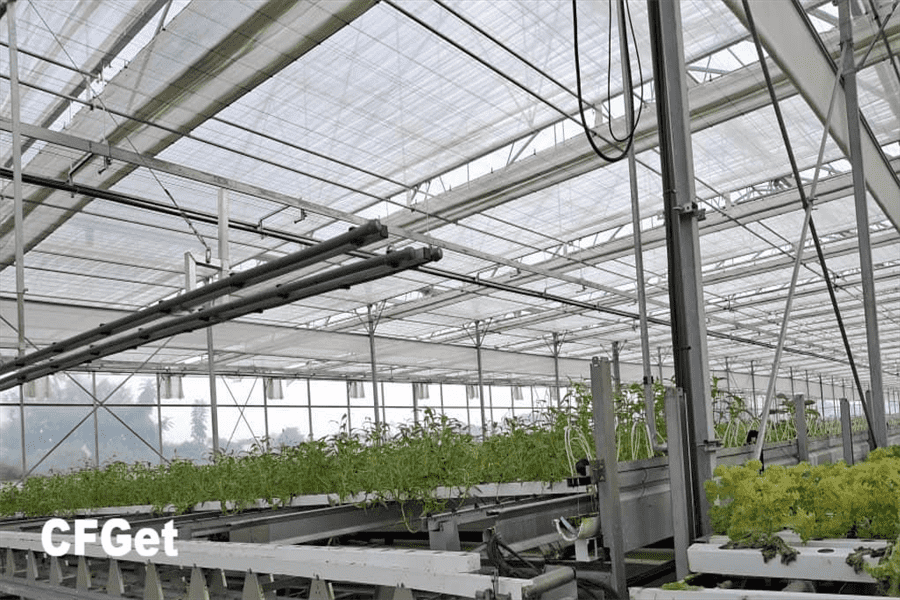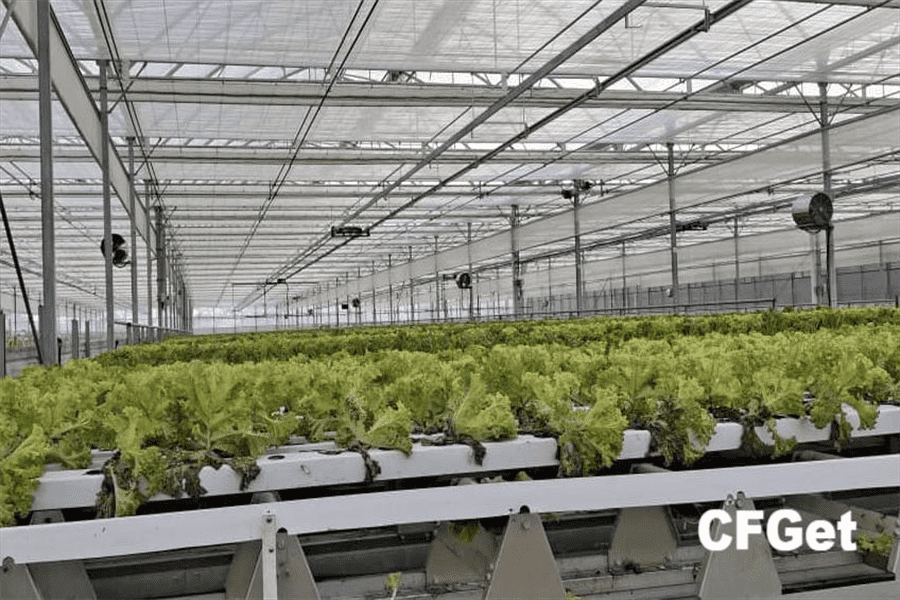In agricultural production, greenhouse design plays a crucial role in crop growth and health. Recently, a client mentioned that their crops faced pest infestations and fungal infections, prompting me to ponder a critical question: are these issues related to greenhouse design? Today, let's explore how reasonable greenhouse design can safeguard crop health.

1. The Relationship Between Greenhouse Design and Crop Health
* Importance of Ventilation
Proper ventilation effectively reduces humidity within the greenhouse, preventing the onset of diseases. Lack of ventilation can lead to poor air circulation, increasing the risk of mold and pests. By incorporating automatic ventilation windows, we can adjust temperature and humidity, lowering mold infection rates and boosting crop yields.
* Humidity Control
Humidity inside the greenhouse should be maintained between 60% and 80%. Excessive humidity can promote fungal growth. Depending on local climate conditions, using humidifiers or dehumidifiers can help maintain suitable humidity levels, avoiding crop diseases caused by excessive moisture. For instance, in Southeast Asia, we often include dehumidifiers in the greenhouse system to maintain humidity balance.
* Light Distribution Design
The structure of the greenhouse should ensure uniform light distribution to avoid dark corners where water and moisture can accumulate. Research shows that crops grow healthier in well-lit greenhouses, with significantly reduced incidences of pests and diseases.

2. Causes of Pest and Fungal Infections
* Excessive Humidity
High humidity levels promote the proliferation of mold and pests, especially downy mildew and powdery mildew. For example, in a greenhouse without exhaust fans, tomatoes can be infected by mold due to high humidity, leading to significant yield losses.
* Temperature Instability
Dramatic temperature fluctuations can slow plant growth and reduce their resistance, making them more susceptible to pests. In greenhouses without cooling facilities, temperatures can exceed 40°C in summer, causing poor crop growth and various pest infections.
3. Optimizing Greenhouse Environment
* Adding Cooling Pads
Installing cooling pads can lower the temperature and humidity inside the greenhouse, maintaining a suitable growing environment. For instance, an agricultural company increased its crop yield by 20% after installing cooling pads in their greenhouse.
* Installing Exhaust Fans
Exhaust fans can effectively improve ventilation, keeping air circulation steady and lowering humidity. A greenhouse that installed exhaust fans saw a 15% reduction in humidity, significantly decreasing the incidence of crop diseases.
* Regular Checks and Maintenance
Conducting regular inspections of greenhouse facilities ensures they operate correctly and allows for timely identification and resolution of issues. Our clients have avoided large-scale crop diseases by checking equipment monthly and addressing ventilation problems early.
In summary, the importance of greenhouse design cannot be underestimated. Through careful planning and adjustments, we can ensure that crops receive the optimal growth environment at different stages. I hope these tips will help everyone as we strive for healthy crops together!
Email: info@cfgreenhouse.com
Phone: +86 13550100793
Post time: Nov-01-2024







 Click to Chat
Click to Chat